The A. papilionacea group is a small and
highly distinct collection of orchids that wont be readily
mistaken for any other. It consists of just three species, A. papilionacea itself A. cyrenica and A. collina, which
although sharing a
general configurative and family resemblance, are quite distinct from one another.
A. collina was first described by Banks and Solander from Syria in 1798 and it's name literally means "hilly", which we assume was the terrain in which it was first discovered. This species can be found at altitudes up to 1300m but more generally at lower levels and in many types of habitat, though always on alkaline substrates and usually in full sun. It is a very widespread orchid with a range from the Iberian peninsula to the Caucasus where its occurrence is localized but sometimes abundant (especially in Crete and Cyprus).
There are curious gaps in its distribution, particularly within the Aegean where it can be plentiful on one island yet absent from its neighbour. It has been known for many years that A. collina has two consecutive, but nonetheless distinct flowering periods, the first as early as December and a second which takes it into April. Whether this indicates the existence of two different species is a matter for further study but the prevailing view is that it almost certainly doesn't. A. collina is an unreliable flowerer and its appearance can be sporadic depending on the preceding winter and spring weather conditions. The species is morphologically very consistent, but with the exception of a rare semi hypochromatic (yet stable) form that has been named leucoglossa.
The illustrations are from Lesbos and Southern Spain, depicting examples of the second wave of flowering during the first week of April.
A. collina was first described by Banks and Solander from Syria in 1798 and it's name literally means "hilly", which we assume was the terrain in which it was first discovered. This species can be found at altitudes up to 1300m but more generally at lower levels and in many types of habitat, though always on alkaline substrates and usually in full sun. It is a very widespread orchid with a range from the Iberian peninsula to the Caucasus where its occurrence is localized but sometimes abundant (especially in Crete and Cyprus).
There are curious gaps in its distribution, particularly within the Aegean where it can be plentiful on one island yet absent from its neighbour. It has been known for many years that A. collina has two consecutive, but nonetheless distinct flowering periods, the first as early as December and a second which takes it into April. Whether this indicates the existence of two different species is a matter for further study but the prevailing view is that it almost certainly doesn't. A. collina is an unreliable flowerer and its appearance can be sporadic depending on the preceding winter and spring weather conditions. The species is morphologically very consistent, but with the exception of a rare semi hypochromatic (yet stable) form that has been named leucoglossa.
The illustrations are from Lesbos and Southern Spain, depicting examples of the second wave of flowering during the first week of April.
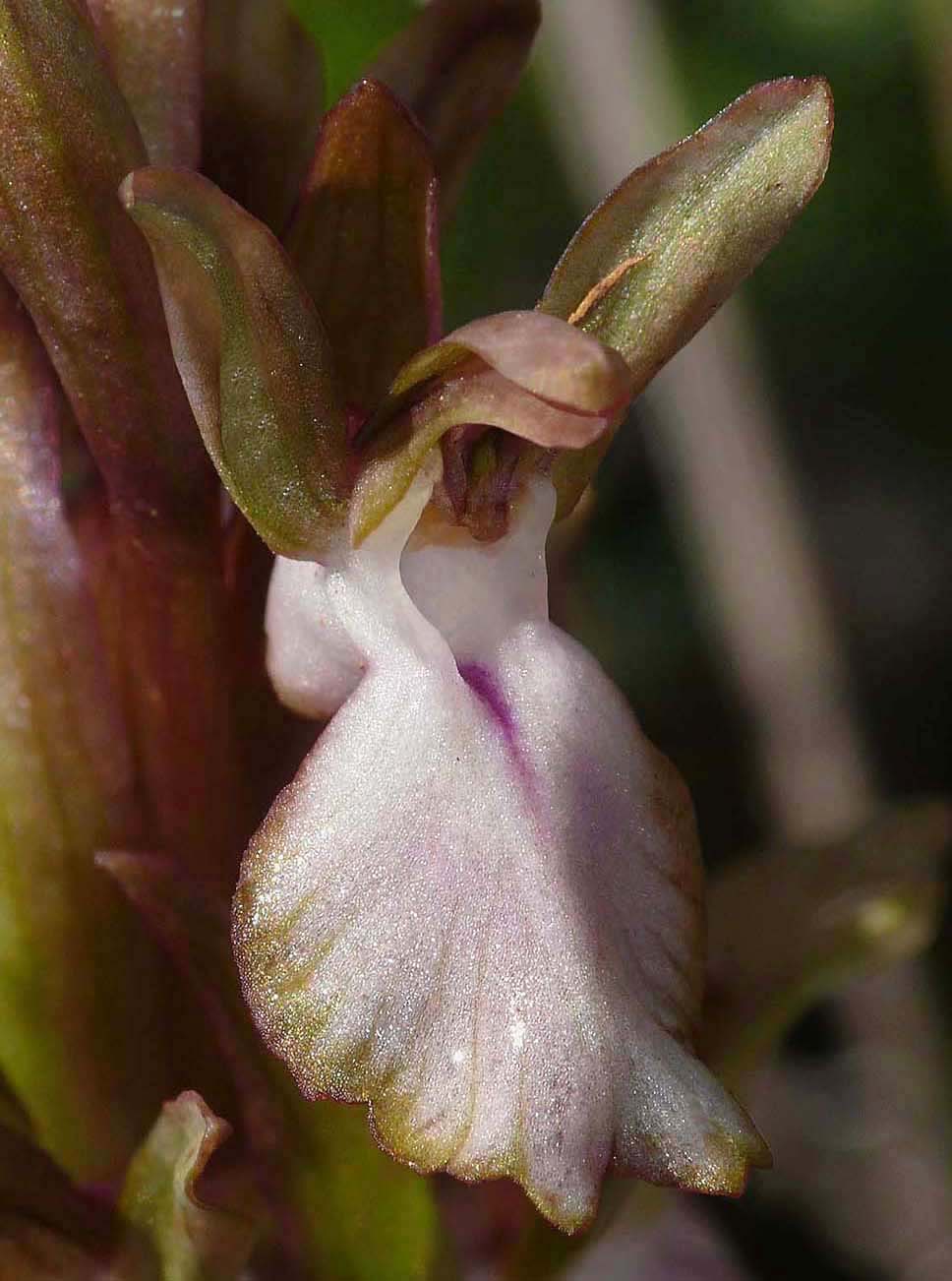
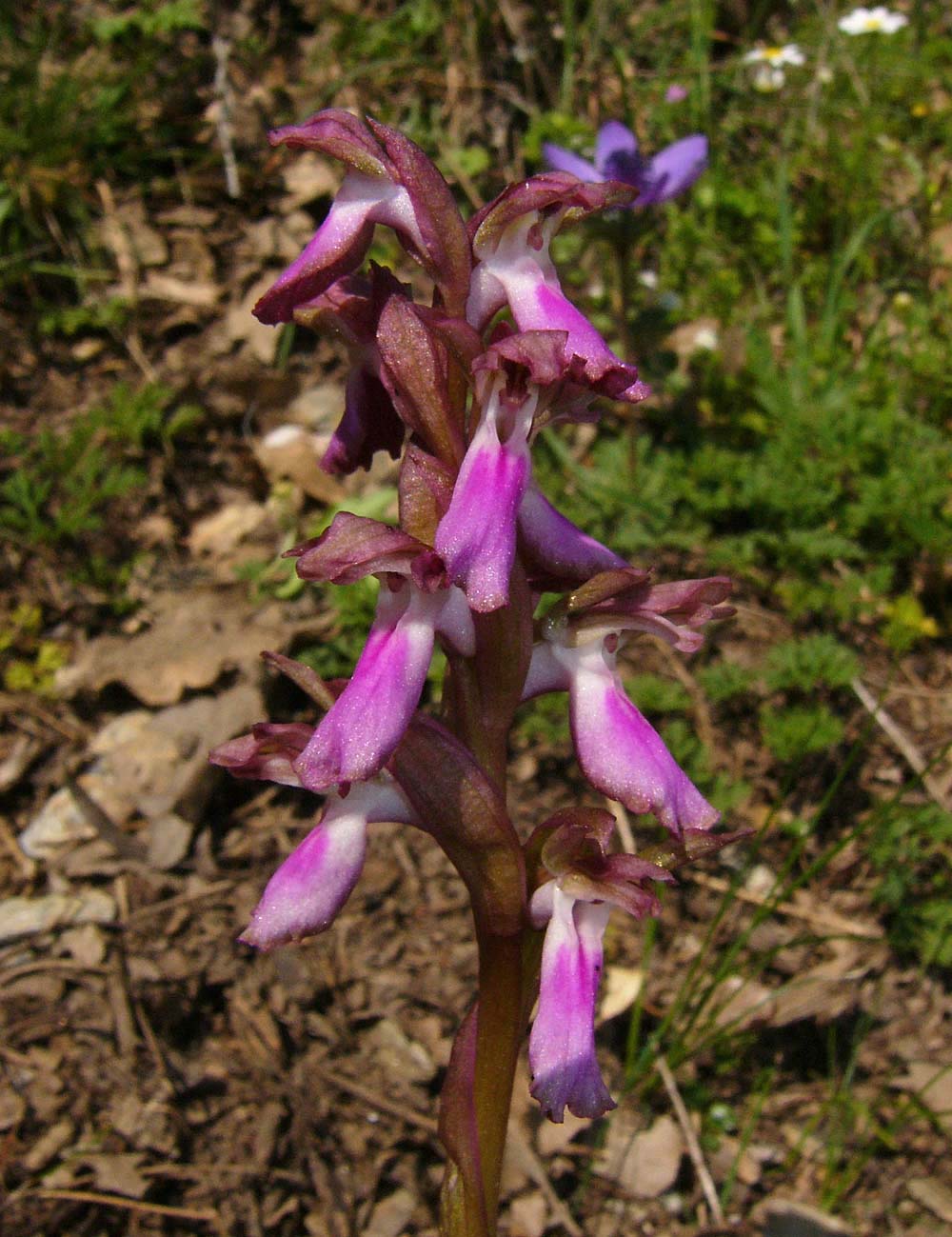
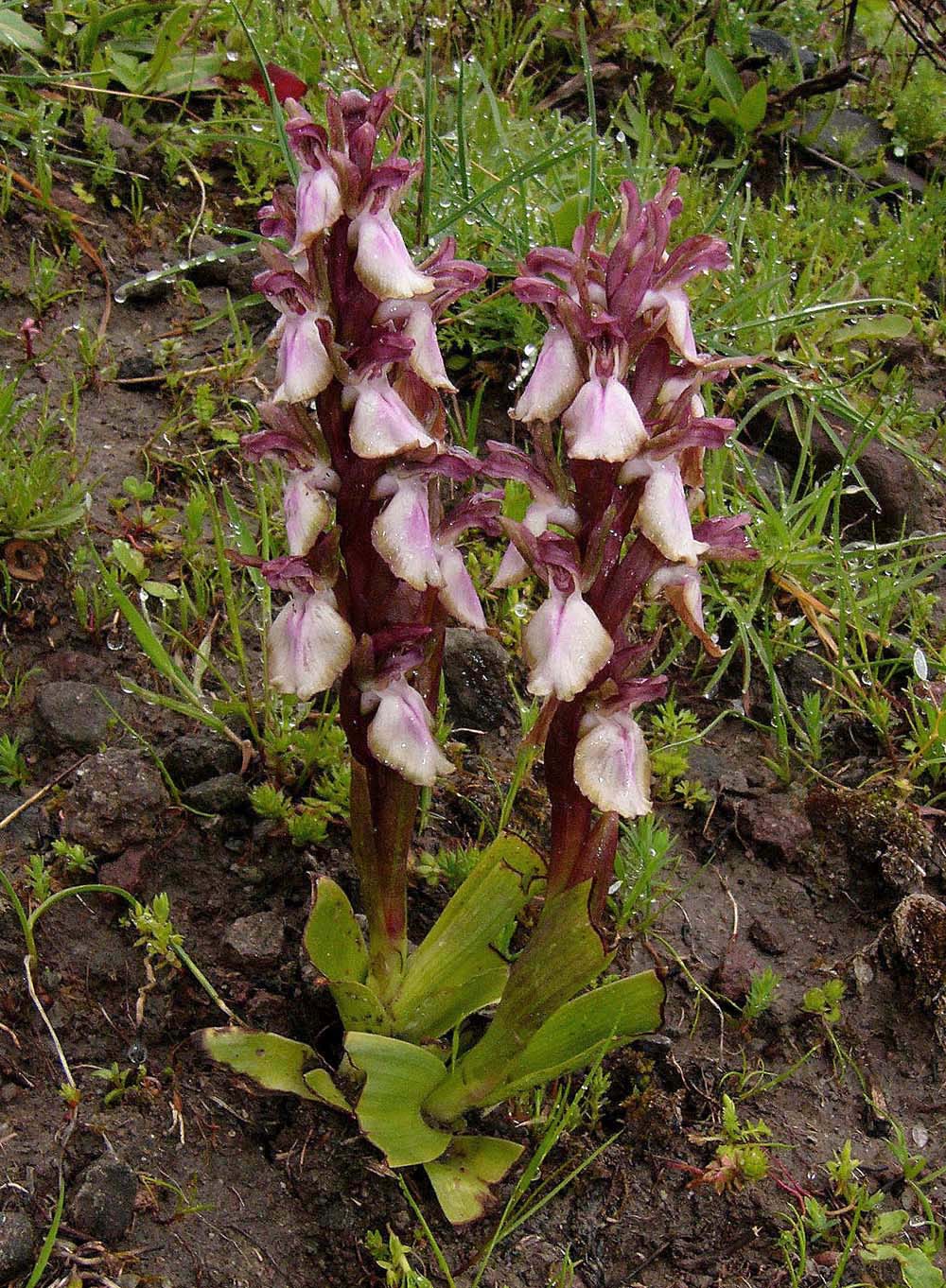
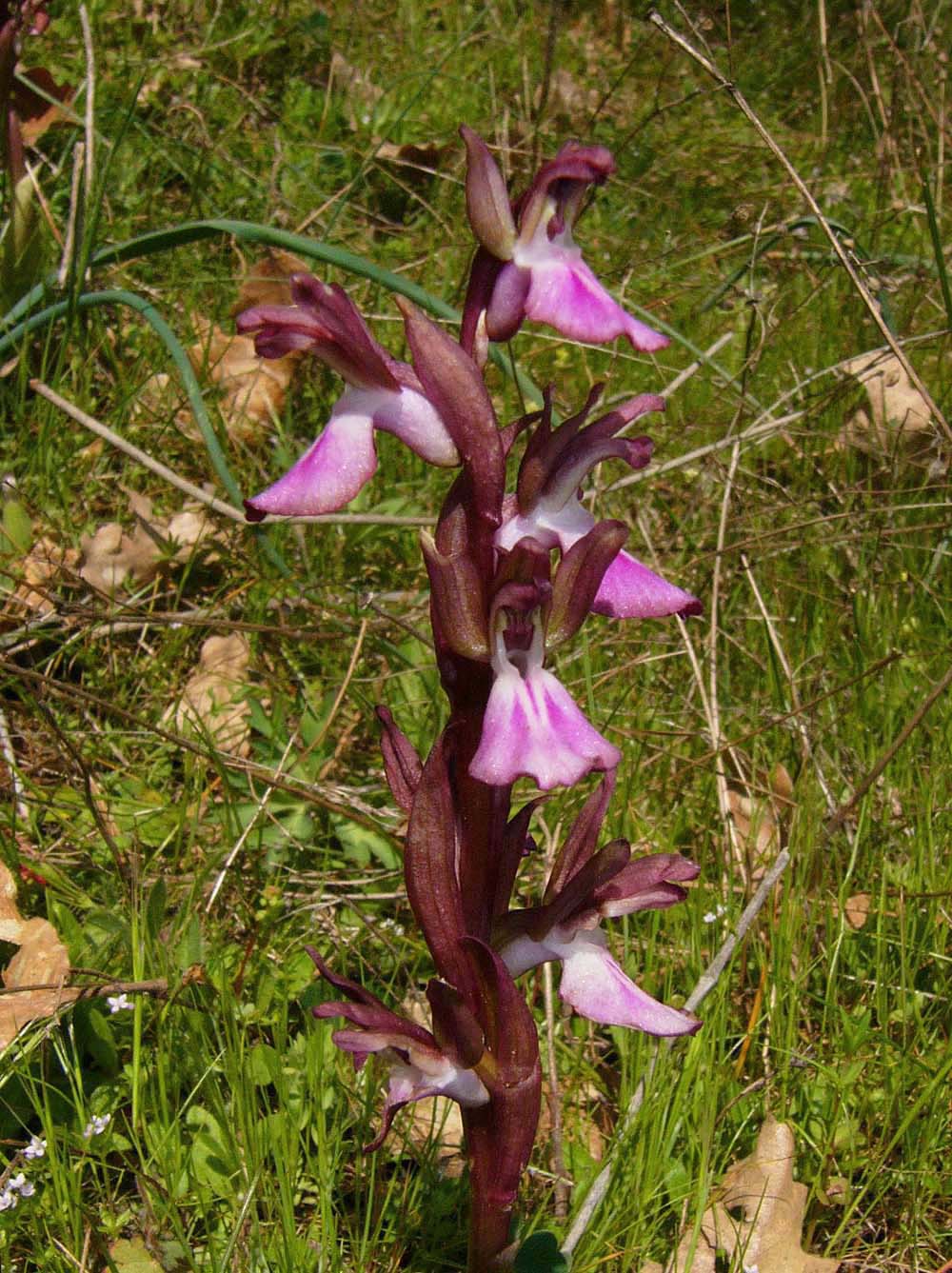
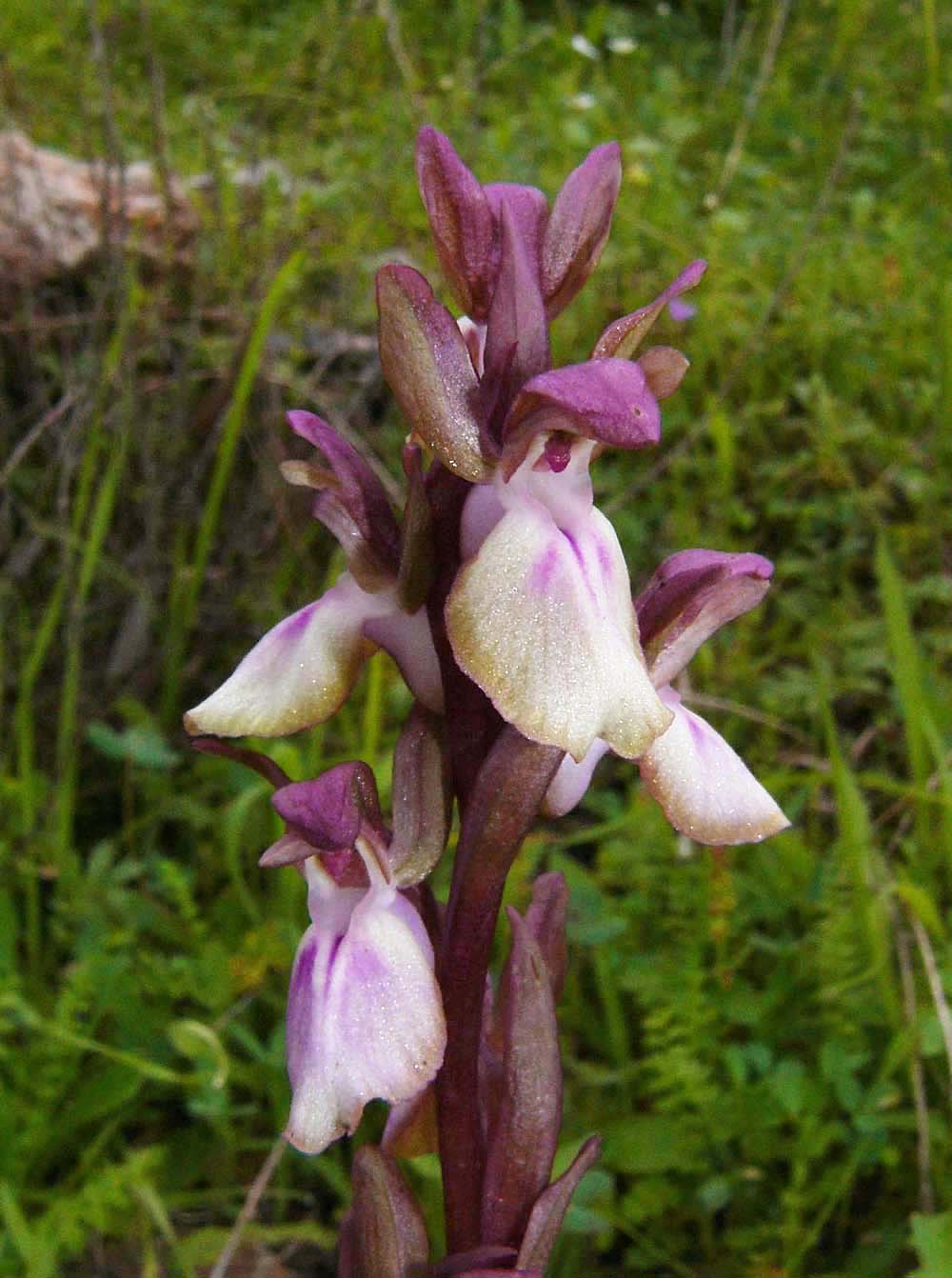
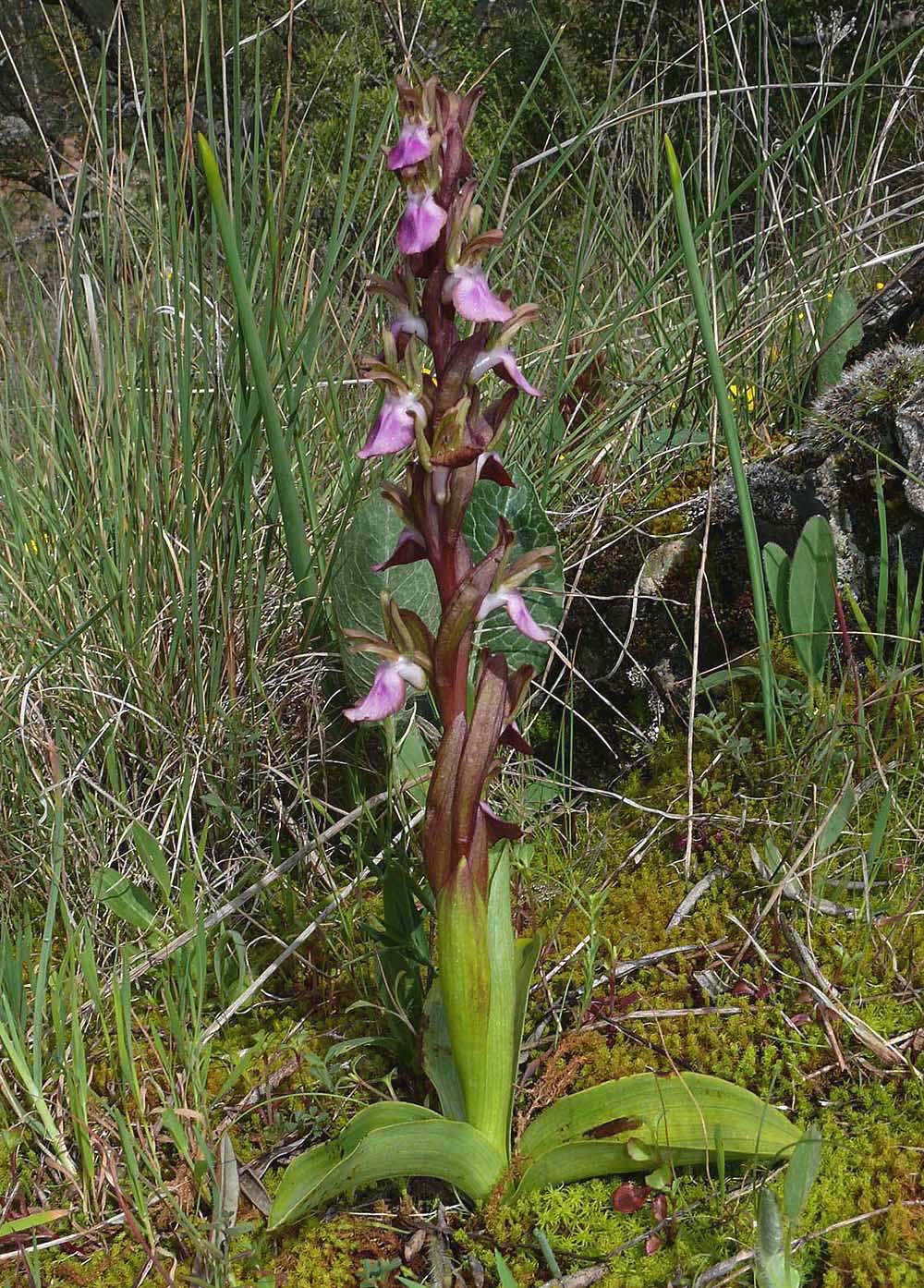
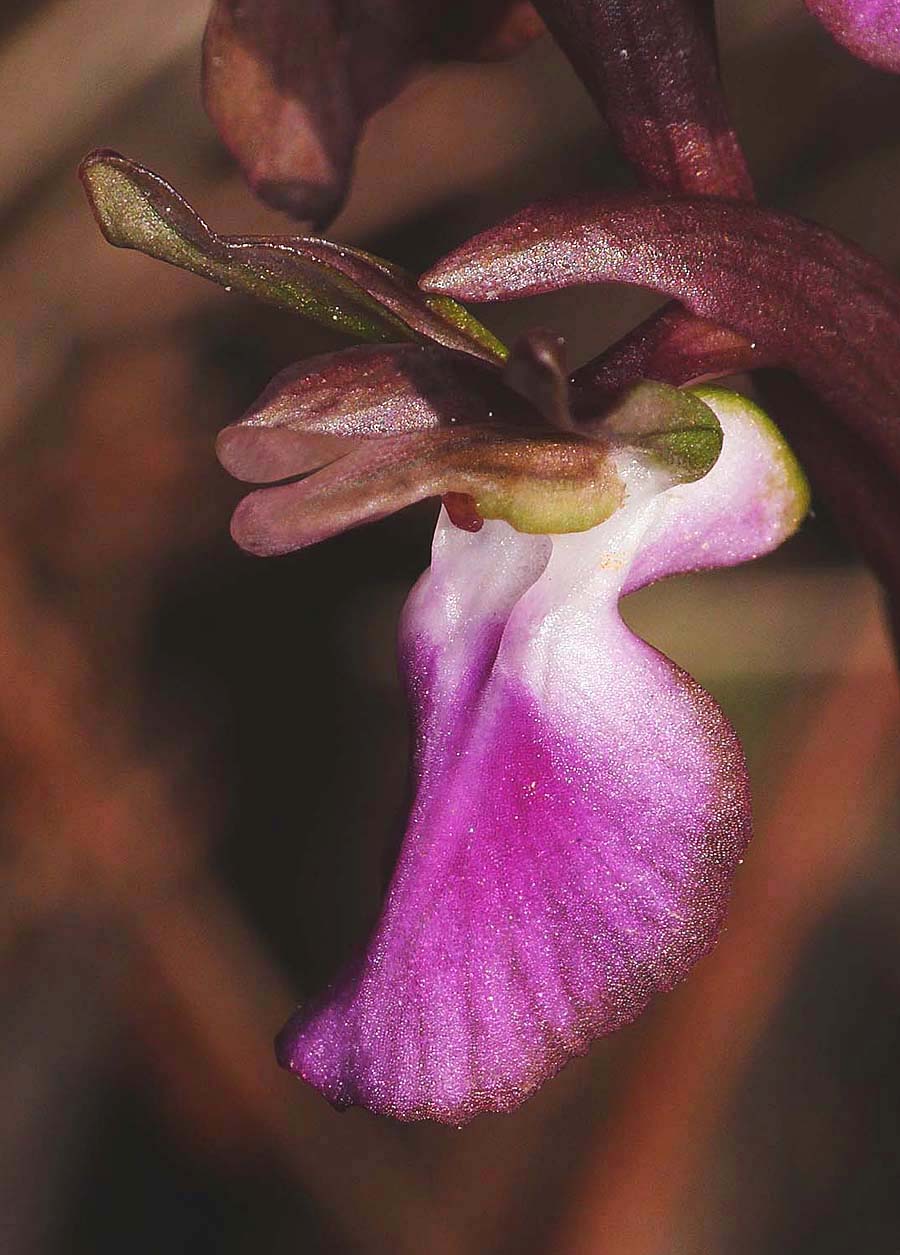
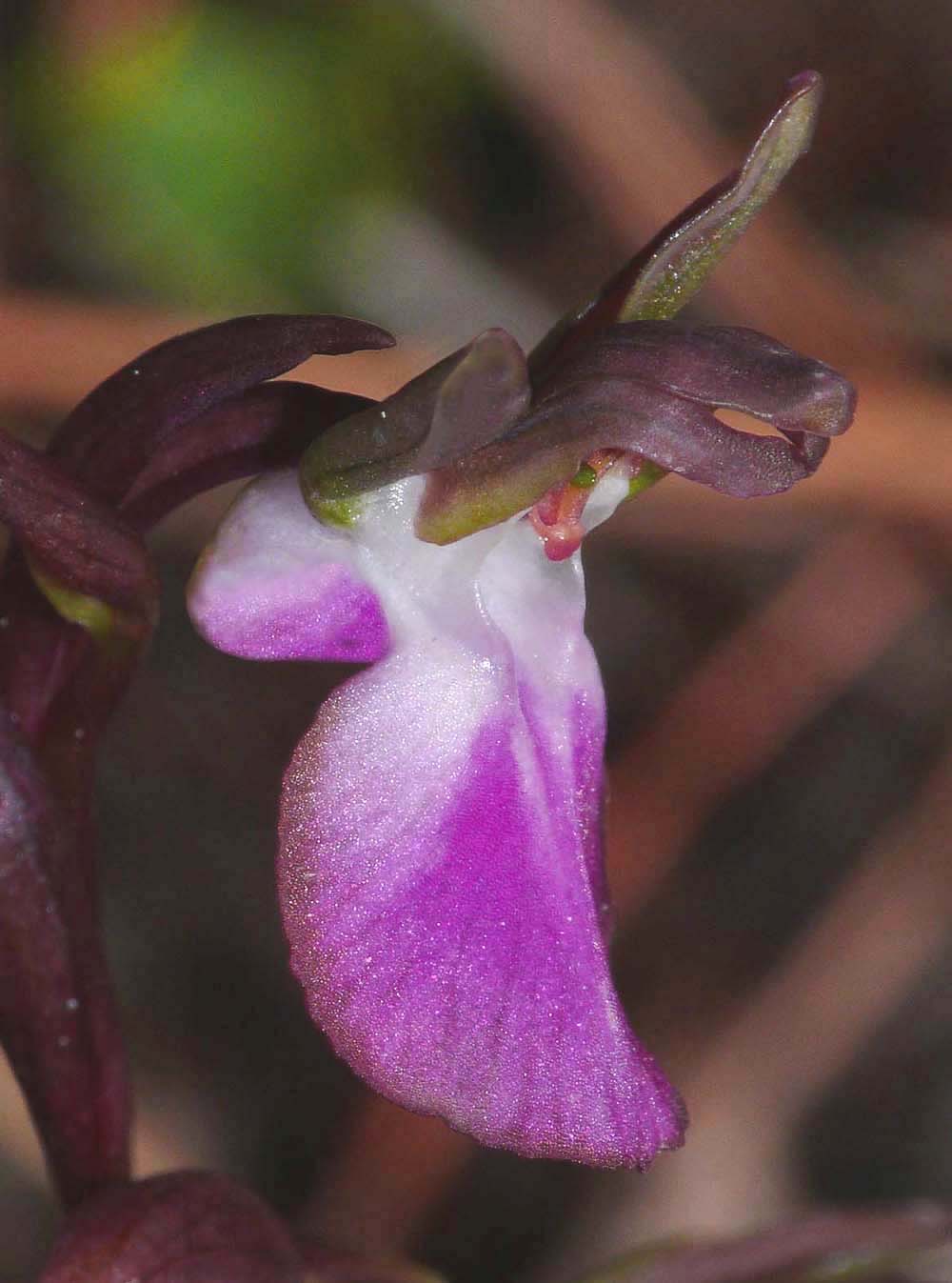
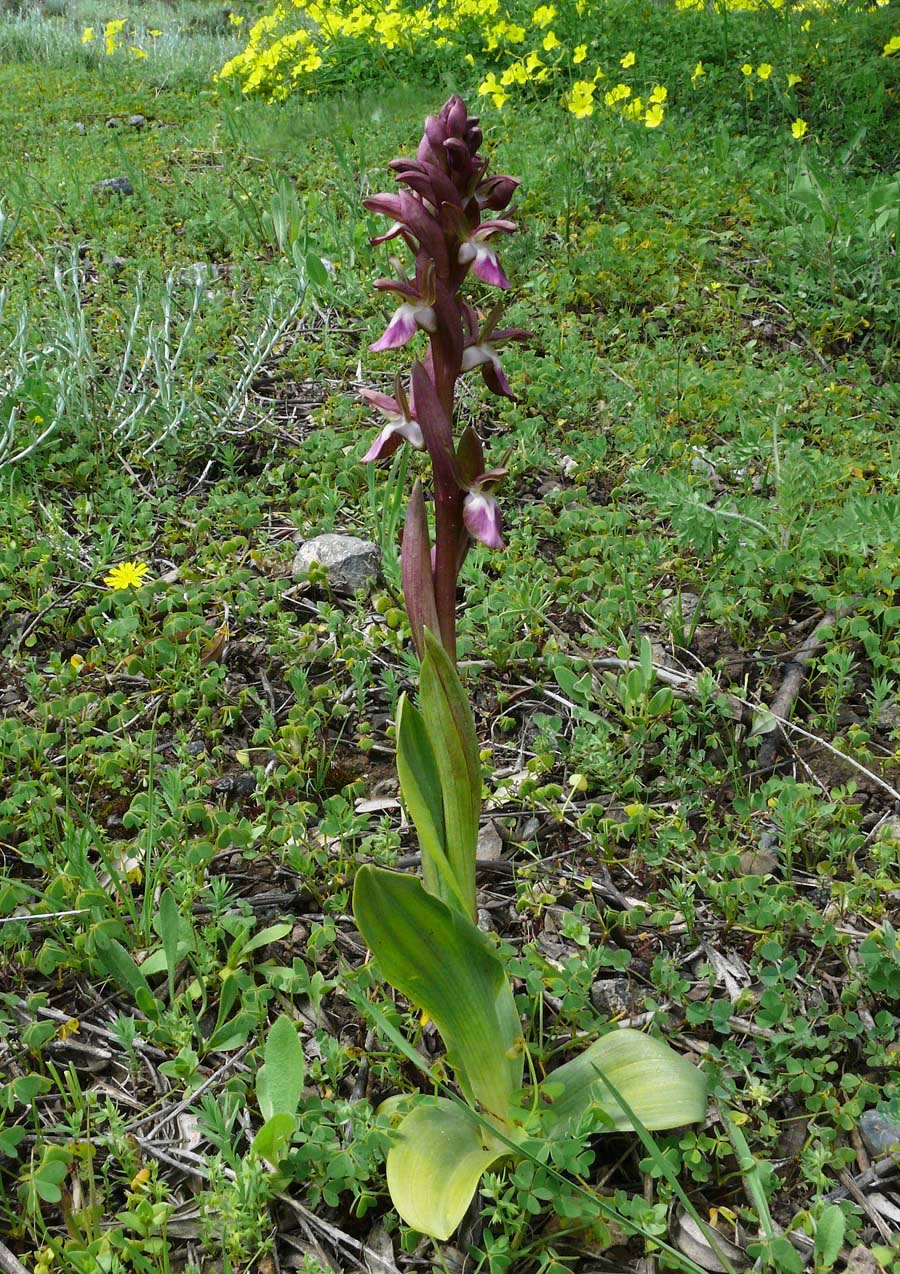
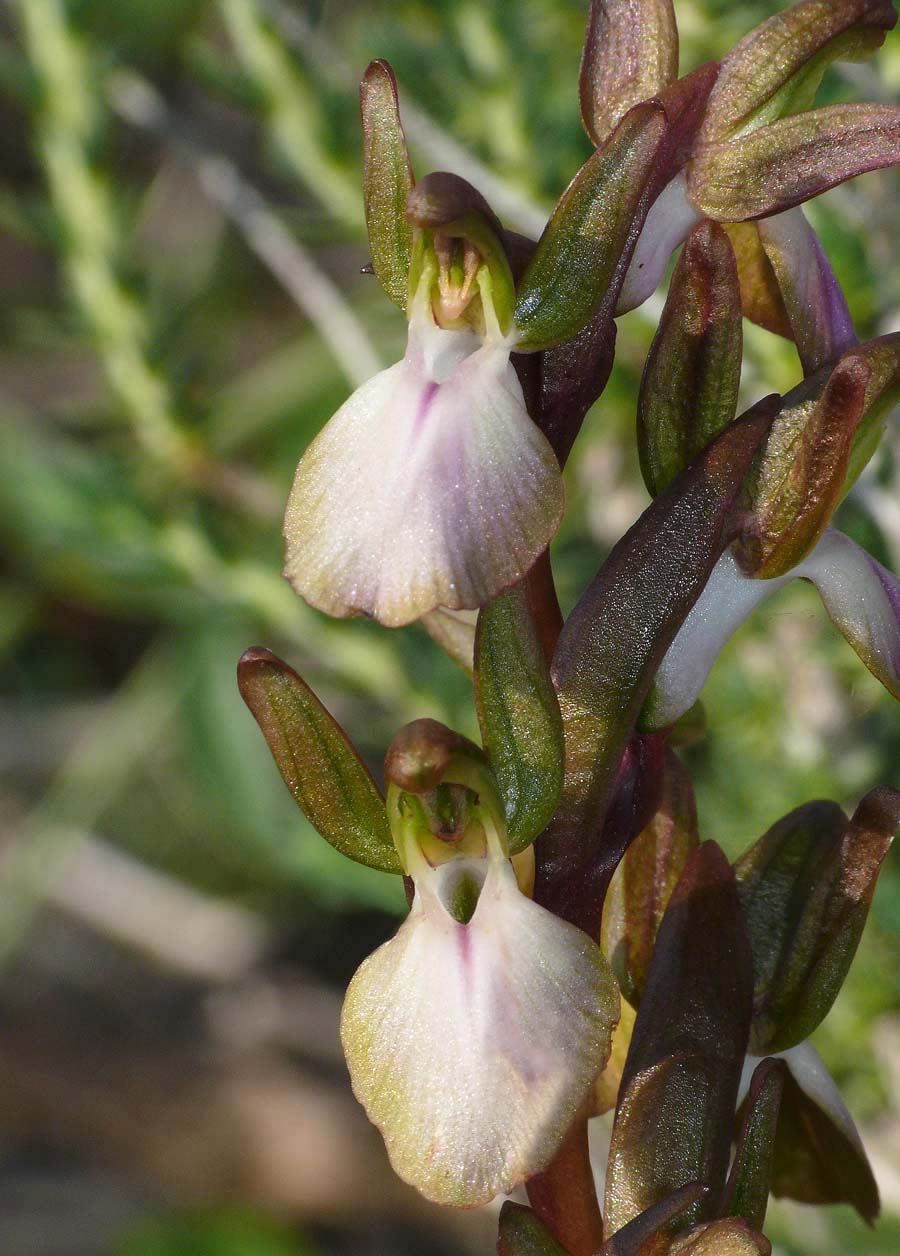
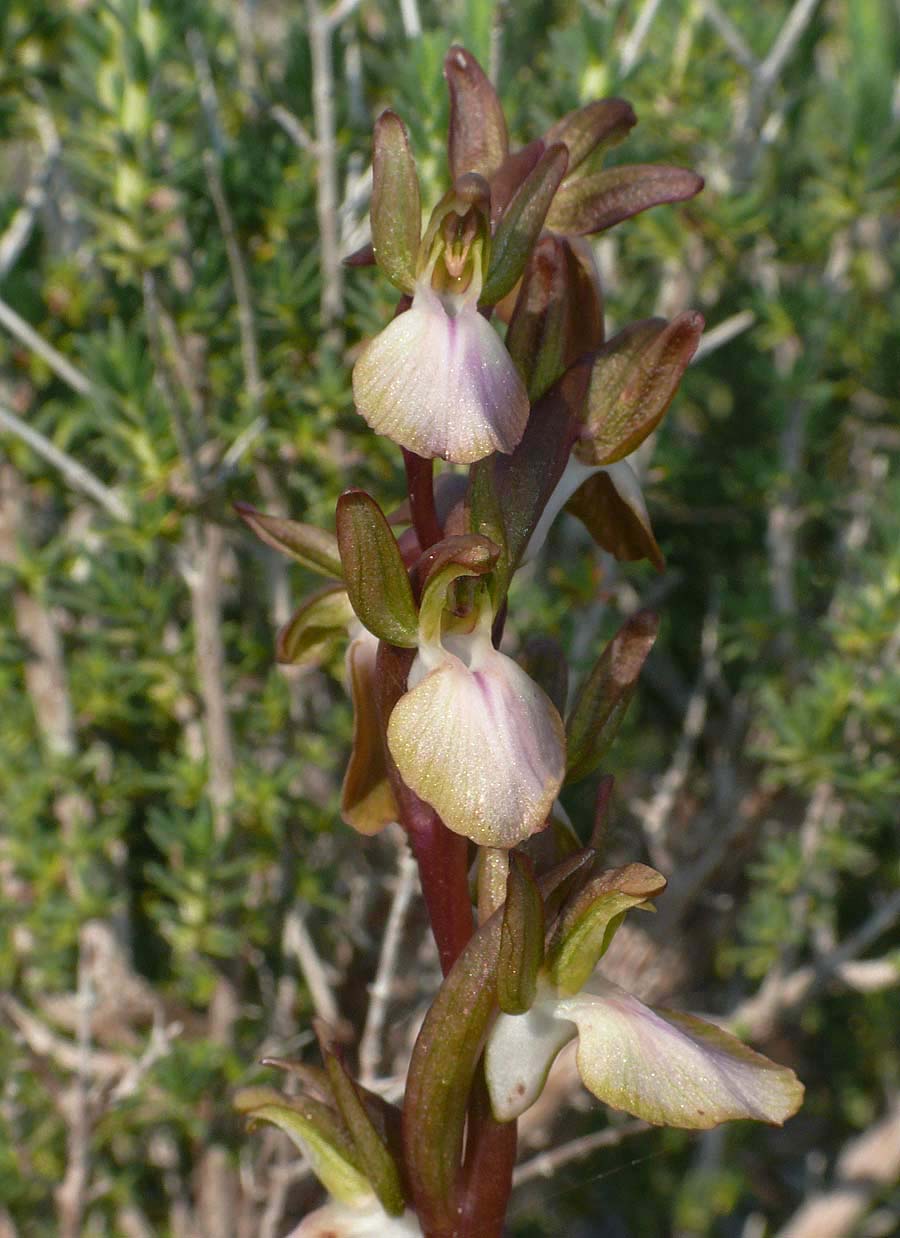
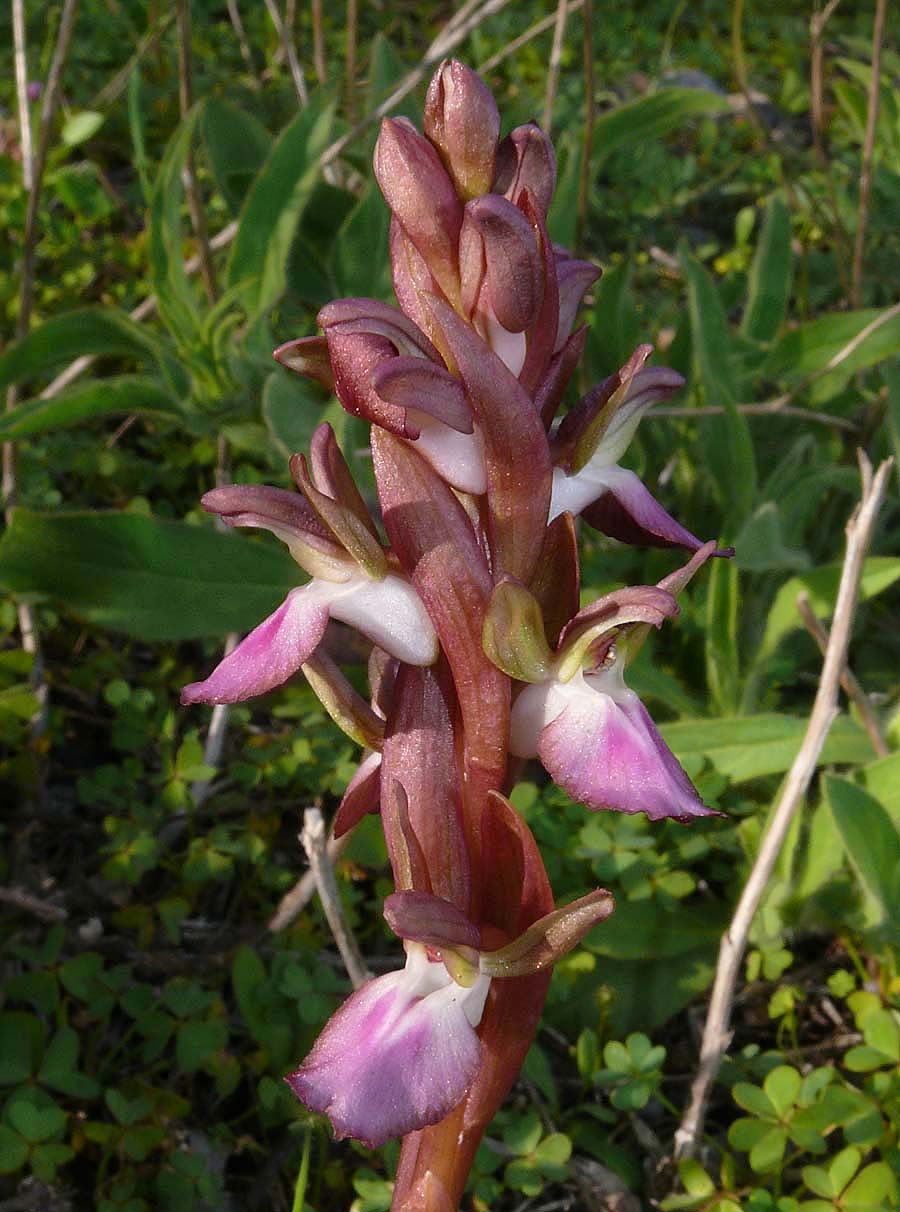

.